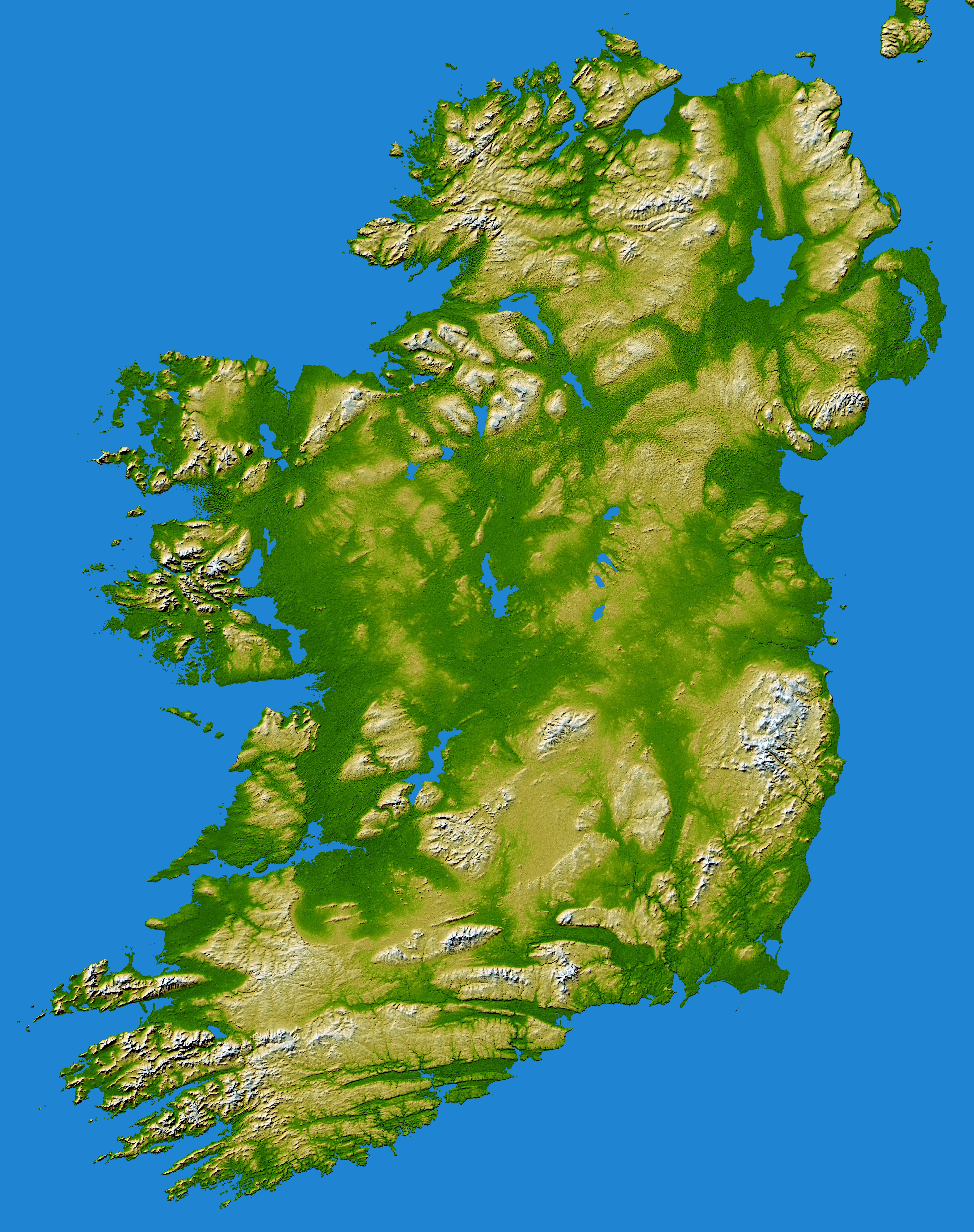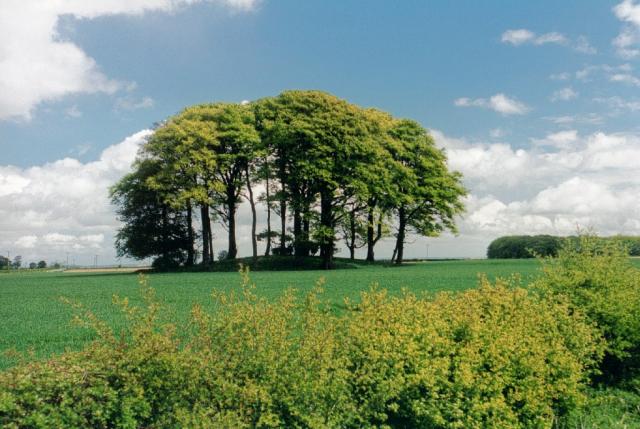|
Maumtrasna
Maumtrasna, historically Formnamore (, 'the great shoulder'), is the highest of the Partry Mountains in south County Mayo, Ireland, rising to above sea level. The summit is broad and flat with several ridges running off it, including Skeltia (''An Scoltach''), Benwee (''Binn Bhuí''), Buckaun (''An Bocán'') and Binnaw (''Binn Fheá''). The peak of Knocklaur (''Cnoc Láir'', 'middle hill') stands on the ridge between Maumtrasna and Devilsmother mountains. The name 'Maumtrasna' comes from ''Mám Trasna'', meaning "the pass across", and originally meant the hill pass on the road between Lough Nafooey and Lough Mask. The townland of Maumtrasna is on the south bank of the Srahnalong river. The townland was the location of the infamous Maumtrasna murders in 1882. See also *Lists of mountains in Ireland *Lists of mountains and hills in the British Isles *List of P600 mountains in the British Isles *List of Marilyns in the British Isles *List of Hewitt mountains in England, Wales ... [...More Info...] [...Related Items...] OR: [Wikipedia] [Google] [Baidu] |
Lists Of Mountains In Ireland
In these lists of mountains in Ireland, those within Northern Ireland, or on the Republic of Ireland – United Kingdom border, are marked with an asterisk, while the rest are within the Republic of Ireland. Where mountains are ranked by height, the definition of the topographical prominence used to classify the mountain (e.g. the change in elevation required between neighbouring mountains), is noted. In British definitions, a height of is required for a mountain, whereas in Ireland, a lower threshold of is sometimes advocated. The lowest minimum prominence threshold of any definition of an Irish mountain is (e.g. the Lists of mountains and hills in the British Isles#Vandeleur-Lynams, Vandeleur-Lynam), however most definitions, including the International Climbing and Mountaineering Federation (UIAA) criteria, do not consider prominences below as being mountains (e.g. must at least be an Lists of mountains and hills in the British Isles#Arderins, Arderin or a Lists of mounta ... [...More Info...] [...Related Items...] OR: [Wikipedia] [Google] [Baidu] |
Partry Mountains
The Partry Mountains () is a mountain range in western Connacht, Ireland. It is in an area known as Joyce Country, Partry, on the borders of County Mayo and County Galway. The mountains stand between Lough Mask (to the northeast), Lough Corrib (southeast), the Maam Valley (southwest) and the River Erriff (northwest). At the heart of the range is Lough Nafooey. The highest peak in the Partry Mountains is Maumtrasna, which rises to . Other mountains in the range include Devilsmother, Knocklaur, and Bunnacunneen. References Listing at mountainviews.ie Mountains and hills of County Mayo {{Mayo-geo-stub ... [...More Info...] [...Related Items...] OR: [Wikipedia] [Google] [Baidu] |
P600 (hill)
This is a list of P600 mountains in Britain and Ireland by height. A P600 is defined as a mountain with a topographic prominence above , regardless of elevation or any other merits (e.g. topographic isolation); this is a similar approach to that of the Marilyn, Simms, HuMP and TuMP British Isle mountain and hill classifications. By definition, P600s have a height above , the requirement to be called a "mountain" in the British Isles. The "P" terminology is an international classification, along with P1500 Ultras. P600 and "Majors" are used interchangeably. , there were 120 P600s in the British Isles: 81 in Scotland, 25 in Ireland, 8 in Wales, 4 in England, 1 in Northern Ireland, and 1 in the Isle of Man. The 120 P600s contained 54 of the 282 Scottish Munros, and 10 of the 34 Non-Scottish Munros (or Furths), all of which have heights above , and are sometimes called the "Super-Majors". The list also contained the highest mountains in Scotland, Wales, Ireland, and England ... [...More Info...] [...Related Items...] OR: [Wikipedia] [Google] [Baidu] |
Marilyn (hill)
This is a list of Marilyn hills and mountains in the United Kingdom, Republic of Ireland, Ireland and surrounding islands and Stack (geology), sea stacks. Lists of mountains and hills in the British Isles#Marilyns, Marilyns are defined as peaks with a topographic prominence, prominence of or more, regardless of height or any other merit (e.g. topographic isolation, as used in Lists of mountains and hills in the British Isles#Munros, Munros). Thus, Marilyns can be mountains, with a height above , or relatively small hills. there were 2,010 recorded Marilyns. Definition The Marilyn classification was created by Alan Dawson in his 1992 book ''The Relative Hills of Britain''. The name Marilyn was coined by Dawson as a punning contrast to the ''Munro'' classification of Scottish mountains above , but which has no explicit prominence threshold, being homophone, homophonous with (Marilyn) ''Marilyn Monroe, Monroe''. The list of Marilyns was extended to Ireland by Clem Clements. Ma ... [...More Info...] [...Related Items...] OR: [Wikipedia] [Google] [Baidu] |
Hewitt (hill)
This is a list of Hewitt mountains in England, Wales and Ireland by height. Hewitts are defined as "Hills in England, Wales and Ireland over two thousand" feet in height, the general requirement to be called a "mountain" in the British Isles, and with a prominence above ; a mix of imperial and metric thresholds. The Hewitt classification was suggested by Alan Dawson in his 1992 book, "The Relative Hills of Britain". Dawson originally called his Hewitts "Sweats", from "Summits – Wales and England Above Two thousand", before settling on the label Hewitt. In a series of three booklets edited by Dave Hewitt, the list of English Hewitts was published in 1997, and the list of Welsh Hewitts was also published in 1997, and the list of Irish Hewitts was published in 1998. Hewitts were designed to address one of the criticisms of the 1990 Nuttall classification, by requiring hills to have a relative height of , a threshold that the UIAA had set down in 1994 for an "ind ... [...More Info...] [...Related Items...] OR: [Wikipedia] [Google] [Baidu] |
List Of Marilyns In The British Isles
This is a list of Marilyn hills and mountains in the United Kingdom, Republic of Ireland, Ireland and surrounding islands and Stack (geology), sea stacks. Lists of mountains and hills in the British Isles#Marilyns, Marilyns are defined as peaks with a topographic prominence, prominence of or more, regardless of height or any other merit (e.g. topographic isolation, as used in Lists of mountains and hills in the British Isles#Munros, Munros). Thus, Marilyns can be mountains, with a height above , or relatively small hills. there were 2,010 recorded Marilyns. Definition The Marilyn classification was created by Alan Dawson in his 1992 book ''The Relative Hills of Britain''. The name Marilyn was coined by Dawson as a punning contrast to the ''Munro'' classification of Scottish mountains above , but which has no explicit prominence threshold, being homophone, homophonous with (Marilyn) ''Marilyn Monroe, Monroe''. The list of Marilyns was extended to Ireland by Clem Clements. Ma ... [...More Info...] [...Related Items...] OR: [Wikipedia] [Google] [Baidu] |
List Of P600 Mountains In The British Isles
This is a list of P600 mountains in Britain and Ireland by height. A P600 is defined as a mountain with a topographic prominence above , regardless of elevation or any other merits (e.g. topographic isolation); this is a similar approach to that of the Marilyn, Simms, HuMP and TuMP British Isle mountain and hill classifications. By definition, P600s have a height above , the requirement to be called a "mountain" in the British Isles. The "P" terminology is an international classification, along with P1500 Ultras. P600 and "Majors" are used interchangeably. , there were 120 P600s in the British Isles: 81 in Scotland, 25 in Ireland, 8 in Wales, 4 in England, 1 in Northern Ireland, and 1 in the Isle of Man. The 120 P600s contained 54 of the 282 Scottish Munros, and 10 of the 34 Non-Scottish Munros (or Furths), all of which have heights above , and are sometimes called the "Super-Majors". The list also contained the highest mountains in Scotland, Wales, Ireland, and Englan ... [...More Info...] [...Related Items...] OR: [Wikipedia] [Google] [Baidu] |
Irish Language
Irish (Standard Irish: ), also known as Irish Gaelic or simply Gaelic ( ), is a Celtic language of the Indo-European language family. It is a member of the Goidelic languages of the Insular Celtic sub branch of the family and is indigenous language, indigenous to the island of Ireland. It was the majority of the population's first language until the 19th century, when English (language), English gradually became dominant, particularly in the last decades of the century, in what is sometimes characterised as a result of linguistic imperialism. Today, Irish is still commonly spoken as a first language in Ireland's Gaeltacht regions, in which 2% of Ireland's population lived in 2022. The total number of people (aged 3 and over) in Ireland who declared they could speak Irish in April 2022 was 1,873,997, representing 40% of respondents, but of these, 472,887 said they never spoke it and a further 551,993 said they only spoke it within the education system. Linguistic analyses o ... [...More Info...] [...Related Items...] OR: [Wikipedia] [Google] [Baidu] |
Maumtrasna Murders
Maolra Seoighe (English: ''Myles Joyce'') was an Irish man who was wrongfully convicted and hanged on 15 December 1882. He was found guilty of the Maamtrasna Murders and was sentenced to death. The case was heard in English without any translation service, though Seoighe could only speak Irish. He was posthumously pardoned in 2018. Maamtrasna murders Maolra Seoighe was the most prominent figure in a controversial trial in 1882 that took place while Ireland was part of the United Kingdom. Three Irish language speakers were condemned to death for the murder of a local family (John Joyce, his wife Brighid, his mother Mairéad, his daughter Peigí and son Mícheál) in Maamtrasna, on the border between County Mayo and County Galway. It was presumed by the authorities to be a local feud connected to sheep rustling and the Land War. Eight men were convicted on what turned out to be perjured evidence and three of them condemned to death: Maolra Seoighe (a father of five children), Pa ... [...More Info...] [...Related Items...] OR: [Wikipedia] [Google] [Baidu] |
Mountains And Hills Of County Mayo
A mountain is an elevated portion of the Earth's crust, generally with steep sides that show significant exposed bedrock. Although definitions vary, a mountain may differ from a plateau in having a limited summit area, and is usually higher than a hill, typically rising at least above the surrounding land. A few mountains are isolated summits, but most occur in mountain ranges. Mountains are formed through tectonic forces, erosion, or volcanism, which act on time scales of up to tens of millions of years. Once mountain building ceases, mountains are slowly leveled through the action of weathering, through slumping and other forms of mass wasting, as well as through erosion by rivers and glaciers. High elevations on mountains produce colder climates than at sea level at similar latitude. These colder climates strongly affect the ecosystems of mountains: different elevations have different plants and animals. Because of the less hospitable terrain and climate, mountains te ... [...More Info...] [...Related Items...] OR: [Wikipedia] [Google] [Baidu] |





